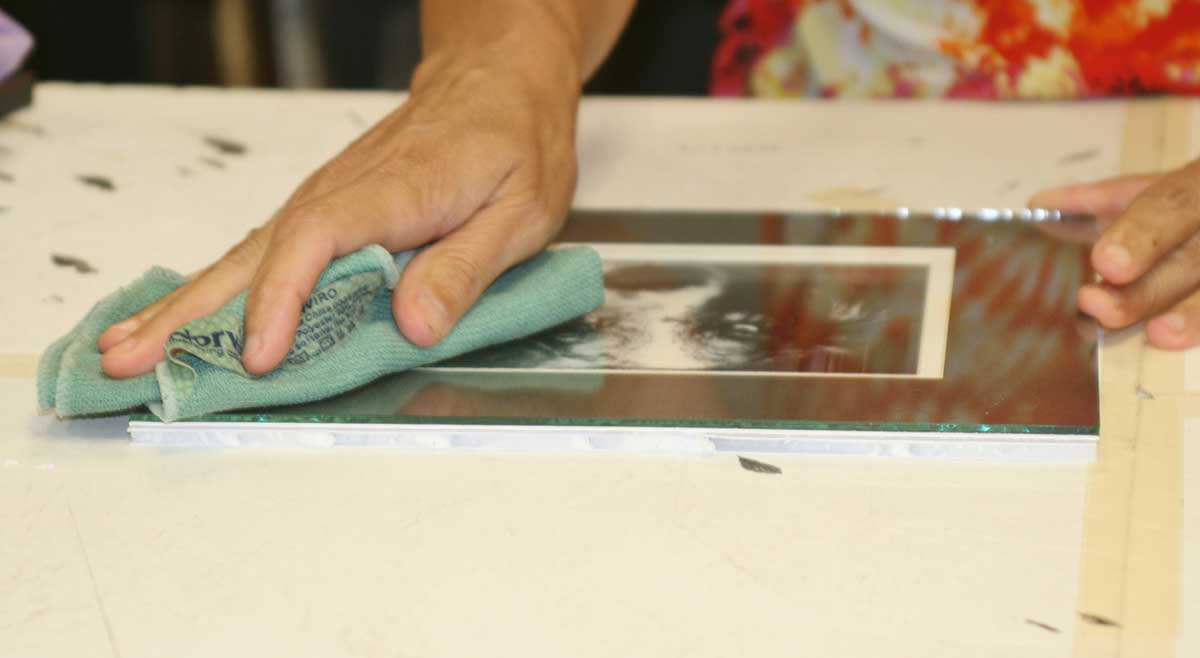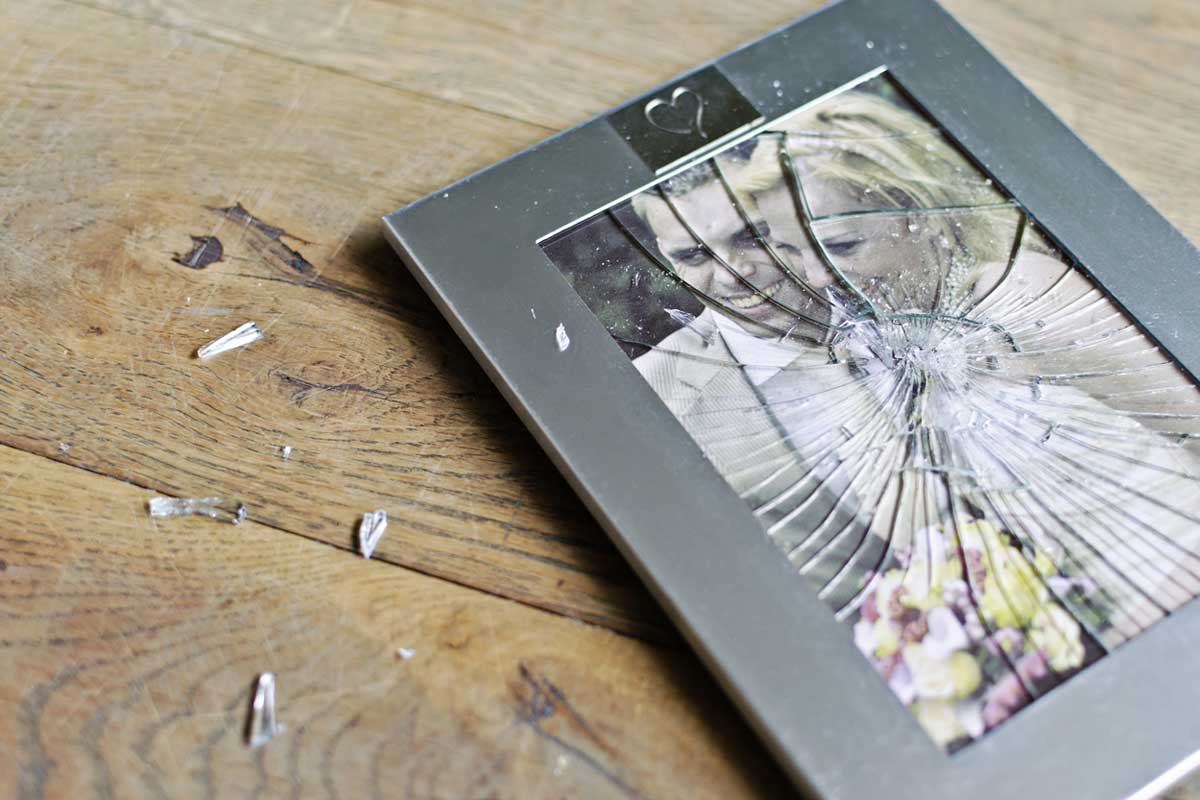Decorative picture and photo frames provide us with an opportunity to preserve our most treasured memories and objects for generations to come. But from time to time, they can get dirty from general exposure to the environment. This includes dust, grime and smudges that may appear, especially in high traffic areas or near the elements (such as open windows).
When this happens, it is important to know a few general know-hows to ensure your artwork is preserved and well-taken care of.
How to clean picture frame glass
Once you notice dust and dirt building on the glazing of a picture frame, hesitate before you dive right into the cleaning closet and grab the nearest product. Caring for picture frame glass requires suitable detergents and cleaning wipes to prevent damage.
Before cleaning your picture frames:
- Clear an area with enough space to work within and move around (e.g. a table).
- Place a towel on the table to protect the surface and frame.
- Carefully unhook the frame from the wall and gently place it on the towel.
As suggested in this article, a microfiber cloth made from polyester, nylon, or a combination of both is the best option for cleaning picture frame glass. A soft cloth alone will pick up most surface-level dust particles that gather over time, however, you may also use a light feather duster or wand duster in its place.
For more visible smudges, a solvent-based chemical glass cleaner can help to remove tougher stains. Be sure to avoid spraying chemical cleaners directly onto the glass surface. Instead, we suggest first spraying on the cloth and gently buff the glass until the dirt is gone. It is highly recommended to use ammonia-free solutions when cleaning premium picture frame glass or glazing containing UV-filtering/non-reflective elements.

Glass picture frame fronts are generally easier to clean than plastic or acrylic and can be performed while also cleaning windows around the house.
Acrylic glazing comes with a natural electromagnetic charge; hence it is more likely to attract dust. This means you may find yourself dusting more often. Due to the delicate nature of acrylic and its propensity to easily scratch, we recommend only using a microfiber cloth for both regular dusting and proper cleans.
Another important thing to note is to never use a solvent-based cleaner for acrylic glazing. This will cause the material to degrade over time, leading to clouding. Instead, dab the cloth in some warm water mixed with some dishwashing detergent for a streak-free shine.
How do you dispose of picture frame glass?
Breaking glass in your house is traditionally seen as a symbol of good luck. However, if this happens to your favourite frames, any good fortune received can be quickly outweighed by the complicated process of removing the broken fragments.
Nothing looks worse than cracked glazing in front of a valuable piece of artwork. It can cheapen the initial impression it provides to viewers and detracts from the beauty of the piece.

If your picture frame falls off the wall or is bumped – leading to glass damage:
- Use gloves and a broom or vacuum cleaner to clear the area of any stray glass fragments.
- Clear a surface to place the frame on and cover with newspaper or other smooth, disposable covering.
If the frame is still hanging on the wall, gently unhook and place it on the cleared surface face down to remove loose glass shards, minimising damage to your artwork. For larger frames get help from a second person. If the frame has fallen, carefully pick it up and place it on the cleared surface. Once the loose shards have fallen out of the frame, carefully turn it over so it is face up and very carefully remove the remaining broken glass.
In both cases, it is best to carefully wrap the entire frame with broken glass in bubble wrap and seek out a professional framer who can remove and replace the frame glass for you.
Can I recycle picture frame glass?
It is also important to know how to correctly throw away picture frame glass. Disposing of a broken part of the frame is more than just throwing it into the household recycling bin. Rules can vary between what type of materials are accepted in most residential bins. Unless your neighbourhood has a glass recycling program, glass should be wrapped in paper and placed in the general waste bin.
In Australia, there are several specialist recycling centres that will accept both glass (and acrylic waste) for disposal – turning the scrap into new products. You can easily find a list of participating centres here.
For more advice on caring for your frames, check out more of our picture framing blogs or submit a question to our team using the form below.



